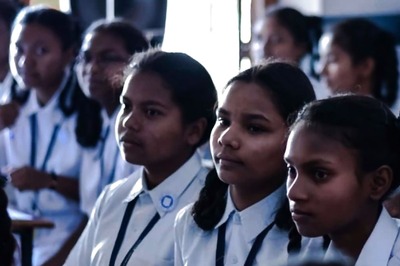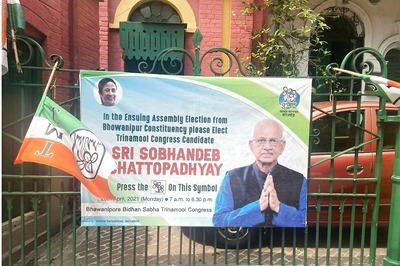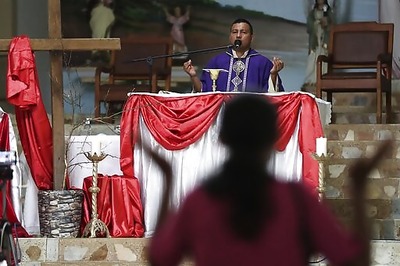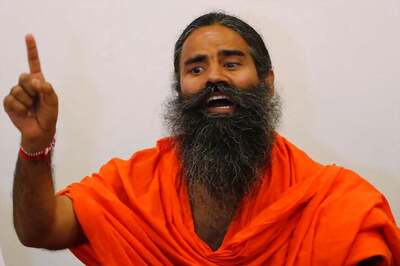
views
CHENNAI:In earlier years we had the chamber music of an aristocratic society, where the patron retained musicians for his own entertainment and for the pleasure of his circle of friends, or temple music where the musician was the servant of God. We know that music existed only under cultivated patronage in those times, and in its own intimate environment. It corresponded to all that was most classical in the European tradition. Public concerts were unknown and the livelihood of the artist did not depend on his/her ability and will to amuse the crowd. In other words musicians were protected, the musician was under no pressure to be anything but a musician. Musicians then found a model audience that was technically critical and listened to the song rather than to the singing of it. Those who were musical perfected the rendering of the song by the force of their own imagination and emotion. Under these conditions the actual music was heard, and the sensuous perfection of the voice was made a sine qua non. No doubt the singer’s voice is sometimes of great intrinsic beauty, used with sensitive intelligence as well as skill. Certainly it was not the voice alone that made the singer.We are aware that the ground plan of a song defined as a raga is first communicated to the pupil and singing starts with improvisation on the themes defined, but how about a foreigner? How does he learn? Particularly when our music is not written and cannot be learned from books expect in theory, the only way for a foreigner to learn is to establish a relationship between himself and his teacher, which culminates in the special relationship of disciple and master, by entering into the inner spirit and adopting many of the outer conventions of Indian life. The foreigner should possess not only the imagination of the artist, but also a vivid memory and an ear sensitive to microtonal inflections. Psychologically the word raga reveals the defined ethos; each raga is associated with an hour of the day or night and some are associated with seasons. We have heard the well-known story of a musician whose royal patron arbitrarily insisted on hearing a song in the raga Deepak, which creates fire. The musician obeyed under protest and as the song proceeded he burst into flames. With the ragas personified as musical genii, singing out of the raga base is said to be the equivalent of breaking the limbs of these musical angels. The artist should clearly appreciate the significance of the internal emotions of the ragas and not import a personal emotion while singing. I hold the view that the highest music should be non-operatic and non-dramatic and the bhava represented and the rasa evoked should emerge only from correct singing. W B Yeats, an Irish playwright and poet, said that Indian music, though its theory is elaborate and its technique difficult, is not an art but life itself.




















Comments
0 comment